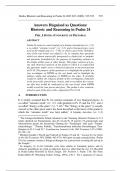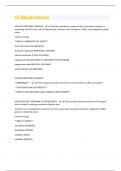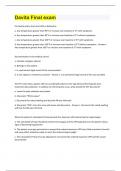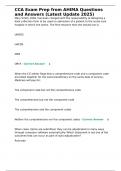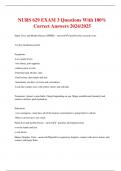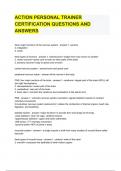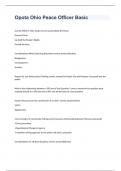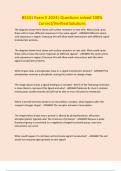Exam (elaborations)
Answers Disguised as Questions: Rhetoric and Reasoning in Psalm 24
- Course
- Institution
Answers Disguised as Questions: Rhetoric and Reasoning in Psalm 24 PHIL J. BOTHA (UNIVERSITY OF PRETORIA) ABSTRACT Psalm 24 seems to consist mainly of a hymnic introduction (vv. 1-2), a so-called “entrance torah” (vv. 3-5), and a liturgical piece once used at the temple gates (vv. ...
[Show more]
